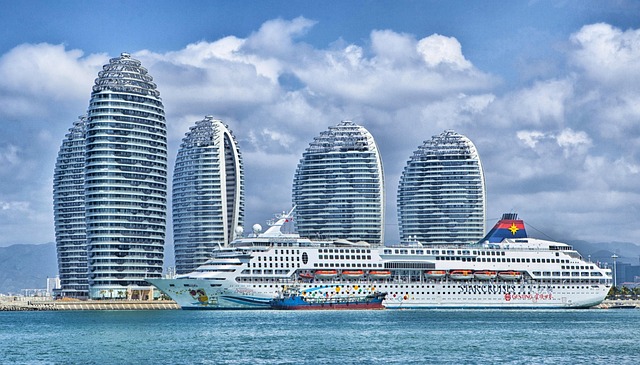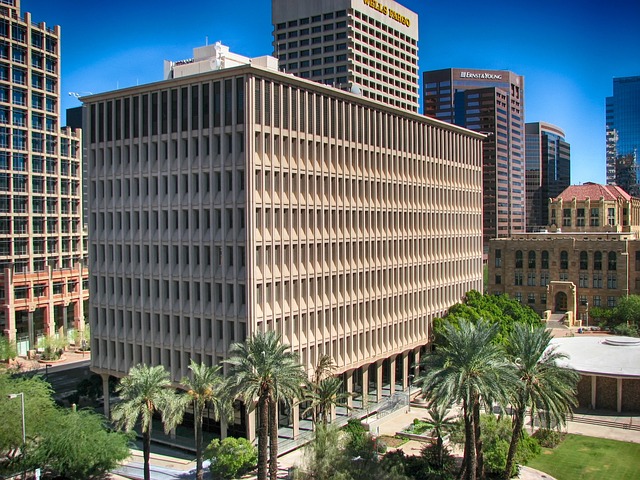Real Estate is a key driver of urban growth, transforming cities through strategic development and influencing infrastructure. As cities expand, it fosters economic prosperity, creates assets, and shapes communities while navigating complex markets. With rapid urbanization, the sector faces challenges like land acquisition and rising costs but offers opportunities for businesses that adapt with innovative solutions and sustainable practices. Strategic planning is vital for expansion, focusing on market trends, demographic shifts, and flexible business models to ensure sustainable development and a competitive edge in diverse urban markets.
In the rapidly evolving landscape of urban development, business growth and real estate go hand in hand. As cities expand at an unprecedented pace, understanding the pivotal role of real estate is paramount. This article explores how dynamic real estate strategies fuel economic prosperity while navigating challenges like infrastructure strain and environmental concerns. We delve into strategic planning essential for sustainable expansion, highlighting innovative approaches that ensure urban growth remains vibrant and inclusive.
Real Estate's Role in Urban Growth

Real Estate plays a pivotal role in urban growth, acting as a catalyst for cities’ metamorphosis and expansion. As metropolises hustle and bustle with rapid development, the real estate sector is at the forefront, shaping the landscape and driving economic prosperity. Properties in strategic locations become valuable assets, fostering a vibrant tapestry of commercial and residential spaces that attract folks from all walks of life.
The impact of Real Estate extends beyond mere construction; it influences urban planning, infrastructure development, and community formation. Navigating the complex labyrinthine of real estate markets, professionals are game changers who ensure efficient utilisation of space, enhancing the quality of life for residents while catering to the needs of businesses. This dynamic interplay between real estate and urban growth is a testament to how strategically managed properties can revolutionise cities in the digital era.
Rapid Development: Challenges and Opportunities

Rapid urban development, driven by economic growth and urbanization trends, presents both significant challenges and abundant opportunities for businesses. As cities expand, real estate becomes a key sector, with high demand for commercial and residential properties. This boom can lead to increased investment, job creation, and improved infrastructure. However, it also brings complexities such as land acquisition issues, rising construction costs, and pressure on existing resources like water and energy.
Businesses that adapt to these changes can thrive in the dynamic urban landscape. Embracing innovative solutions in real estate development, sustainable practices, and technology integration are essential for success. Staying ahead of regulatory updates and understanding market trends will enable businesses to capitalize on emerging opportunities while effectively navigating the challenges inherent in rapid urban development.
Strategic Planning for Sustainable Expansion

Strategic planning is vital for businesses aiming to expand in line with rapid urban development and a thriving real estate market. It involves meticulous analysis, forecasting, and goal-setting to navigate the complex landscape of growth. By assessing market trends, demographic shifts, and competitive landscapes, businesses can identify opportunities and potential challenges in new urban areas. This process ensures that expansion strategies are not just reactive but proactive, allowing for sustainable development that aligns with the evolving needs and preferences of consumers.
For instance, understanding local real estate dynamics is crucial. This includes knowing peak demand periods, preferred amenities, and pricing trends to make informed decisions about location choices. Strategic planning also encompasses developing flexible business models capable of adapting to regulatory changes, infrastructure upgrades, and cultural nuances unique to each urban center. Such an approach fosters a resilient business that can thrive in diverse markets while maintaining a strong competitive edge.






